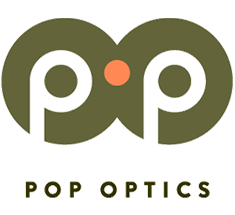Q: How much should I spend on my binocular?
A: You don’t have to spend a lot of money to get a perfectly decent binocular.
When I started selling binoculars back in 1997 you really couldn’t confidently make this claim.
There have always been inexpensive binoculars (thank you, Hasbro and Sears Roebuck & Co, among others) but it would be a stretch, to say the least, to label them “perfectly decent” by today’s standards. Granted, that’s a highly subjective descriptive phrase, but it’s doubtful that anyone would argue the point that at any given price today’s binoculars are brighter, sharper and often weigh less than the Optics of Yesteryear.
For this we have birders to thank.
The ever-increasing army of birders rely on their binoculars to pursue their passion, depending on their trusty instruments to help them identify birds, often by anatomical feature or field mark, under a host of weather and light conditions. To pass muster with birders and their frequent, often daily, use, optics need to be bright, rugged, dependable, portable and weatherproof. Clearly birders demand more from optics than other user groups and the market has responded with quality and feature enhancements that benefit everyone. And the shift of optics manufacturing to China of all but the highest-end binoculars (German and Austrian-made) led to another universal benefit we all love—the decline in price.
Today there are binoculars costing $300 that have the same optical quality and features as ones costing three times that or more just a couple of decades ago. You can even find some bins in the $100-$200 range that have a lot going for them and any one of them would make an excellent choice for first-time or young person’s binoculars. Their relative quality and ease of use will likely convert you into a regular binocular user but there’s a downside—chances are these less expensive optics won’t last a lifetime. Fear not: with frequent use you’ll soon become a more discerning optics consumer and, if you’re like most people, start longing for a better (and more expensive) pair.
In other words, you’ll be hooked.
So how much should you spend? Obviously it depends on your budget, but if you can swing it I would recommend putting aside at least $300 for that optics purchase. At that price you can pretty much guarantee not only a great view but also something that’ll last until you’re ready for the big leagues—optically speaking.
$300 buys a lot more binocular than it did when I started selling optics in the 1990’s.
Can’t swing $300 right now? No worries: these days less than that will nab you a fine instrument, fully capable of giving you a bright, sharp image under all but the most challenging of light conditions—a perfectly acceptable stepping stone to your dream high-end binocular.

